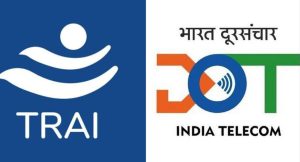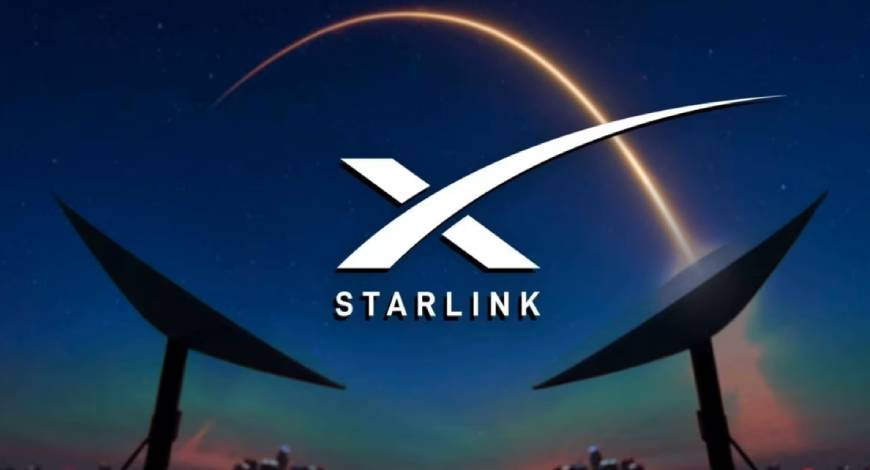According to a new report published by Allied Market Research, titled, “Satellite Data Services Market,” The satellite data services market size was valued at $11 billion in 2023, and is estimated to reach $59.7 billion by 2033, growing at a CAGR of 18.7% from 2024 to 2033.
Satellite data services supply earth information and data, which is generated and captured by man-made satellites that travel around the orbit of the earth. These satellite data are most used for observing earth, providing information on the chemical, physical, and biological characteristics of the planet. Satellite data services are preferred in various applications such as military and agriculture, owing to their features such as accuracy and efficiency. It helps the defense department to monitor activities at border and aids agriculture department in monitoring weather to overcome disasters.
It is widely used in various applications, including geospatial data acquisition & mapping, defense & intelligence, energy, construction & infrastructure development, natural resource management, conservation & research, media & entertainment, surveillance & security, and disaster management. Satellite data services are categorized into image data and data analytics, which have different operations such as image data processing and feature extraction as well as providing geospatial data and information in the form of real-time images. Advancements in remote sensing technology are likely to increase the satellite data services market share in emerging regions.
In addition, it helps to provide real time data such as transition plan information, fall eclipse information, messaging information, satellite coverage, polar orbit tracks, and general satellite status information. Satellite data services are widely used in various applications, including geospatial data acquisition & mapping, defense & intelligence, energy, construction & infrastructure development, natural resource management, conservation & research, media & entertainment, surveillance & security, and disaster management. As organizations and governments worldwide face challenges such as climate change, resource management, and urbanization, the need for accurate and real-time satellite data has become indispensable.
Satellite data services play a vital role in applications such as weather forecasting, mapping, and monitoring natural disasters. Rise in global warming and unpredictable atmospheric behavior boosts the demand for satellite data to understand and mitigate environmental risks. In addition, the integration of satellite data into Geographic Information Systems (GIS), urban planning, and energy resource exploration has revolutionized decision-making processes. Moreover, the satellite data services market demand is fueled by the rising use of satellite imagery for climate change monitoring.
Factors such as surge in demand for satellite data from various industry verticals, increase in demand for earth observation satellites, and privatization of the space industry are expected to drive satellite data services market growth. However, stringent government regulations for the implementation of satellites and a lack of dedicated launch vehicles for small satellites hinder market growth. Further, increase in adoption of artificial intelligence (AI), machine learning (ML), & cloud computing in the space sector; rise in use of satellite data in the development of smart cities & connected vehicles, and rise in NewSpace movement are some of the factors expected to offer lucrative opportunities for market growth.
Satellite images are used in urban planning and smart city development by providing valuable datasets with detailed information about specific objects and features. Urban planners use such data to understand settlement trends and ensure efficient infrastructure management. In addition, the rise in the use of remote sensing technology for zoning and city infrastructure modeling helps in meeting increase in demand for better management of sustainable urban development among city-based population. Fruther, increase in demand for real-time satellite data in logistics and supply chain management is one of the prominent satellite data services market trends.
The satellite data services industry is segmented on the basis of vertical, service, end use, and region. On the basis of vertical, the market is divided into energy & power, defense & intelligence, engineering & infrastructure, environmental, agriculture, maritime, insurance, and transportation & logistics. By service, it is classified into data analytics and image data. On the basis of end use, it is categorized into commercial and government & military. Region wise, it is studied across North America, Europe, Asia-Pacific, and LAMEA. Regional satellite data services market analysis reveals that Asia-Pacific is experiencing the fastest growth due to expanding satellite infrastructure.
Airbus S.A.S., East View Geospatial Inc., ImageSat International, L3Harris Technologies, Inc., Maxar Technologies, Planet Labs Inc., Satellite Imaging Corporation, SpecTIR LLC, Trimble Inc. and Ursa Space Systems Inc are some of the leading key players operating in the satellite data services market. NewsTrail









